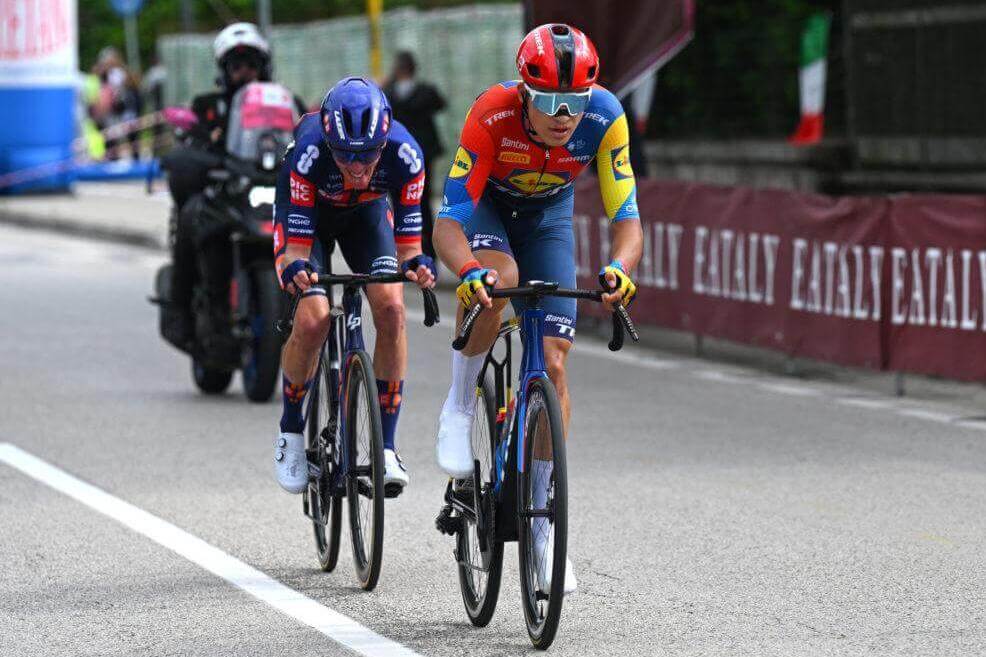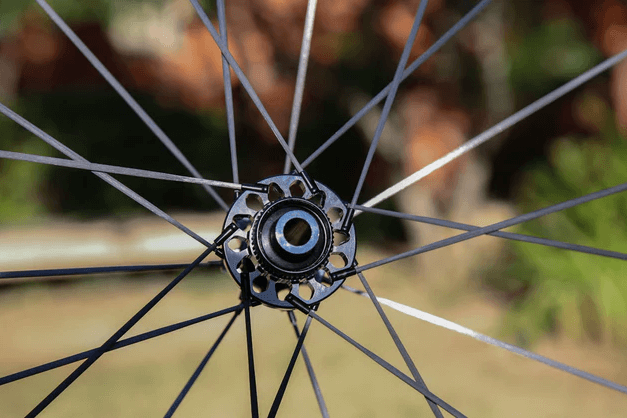Tubeless tire setups have become the standard for performance-focused cyclists thanks to their lower rolling resistance, improved puncture resistance, and ability to run lower pressures. At the heart of this system is tubeless sealant—a liquid solution that seals small punctures automatically. But how often should you refresh the sealant to ensure optimal performance?
Why Refreshing Sealant Matters

Sealant isn’t a permanent fix. Over time, it dries out or becomes less effective as it reacts with air, moisture, or simply degrades with age. A dried-out sealant won’t be able to plug holes or seal sidewalls, leaving your tire vulnerable to punctures or sudden air loss.
Recommended Refresh Intervals

Regular Road and Gravel Riders: Every 2 to 4 months, depending on climate and riding frequency.
Hot or Dry Environments: Every 1 to 2 months, as heat speeds up evaporation.
Infrequent Riders: Check every 3 months, even if you’re not riding often—sealant degrades even when the bike is idle.
Race Preparation: Always refresh sealant at least 1 week before race day to ensure readiness.
How to Check Your Sealant

Shake Test: Lift the wheel and shake it. If you don’t hear liquid sloshing inside, you likely need a top-up.
Dipstick Method: Remove the valve core and insert a zip tie or stick to check the liquid level inside.
Tire Unseating: For a more accurate look, unseat a small section of the tire (especially useful if replacing sealant entirely).
How Much Sealant to Use
Road Tires (23–28mm): 30–40 ml
Gravel Tires (32–50mm): 50–80 ml
MTB Tires: 80–120 ml
Check the manufacturer’s recommendations for specific tire models.
Tips for Better Sealant Longevity
Use high-quality sealant that doesn’t separate or dry out too quickly.
Store bikes indoors in a cool, dry space.
Avoid overinflation, which can accelerate drying.




Dejar un comentario
Todos los comentarios se revisan antes de su publicación.
Este sitio está protegido por hCaptcha y se aplican la Política de privacidad de hCaptcha y los Términos del servicio.